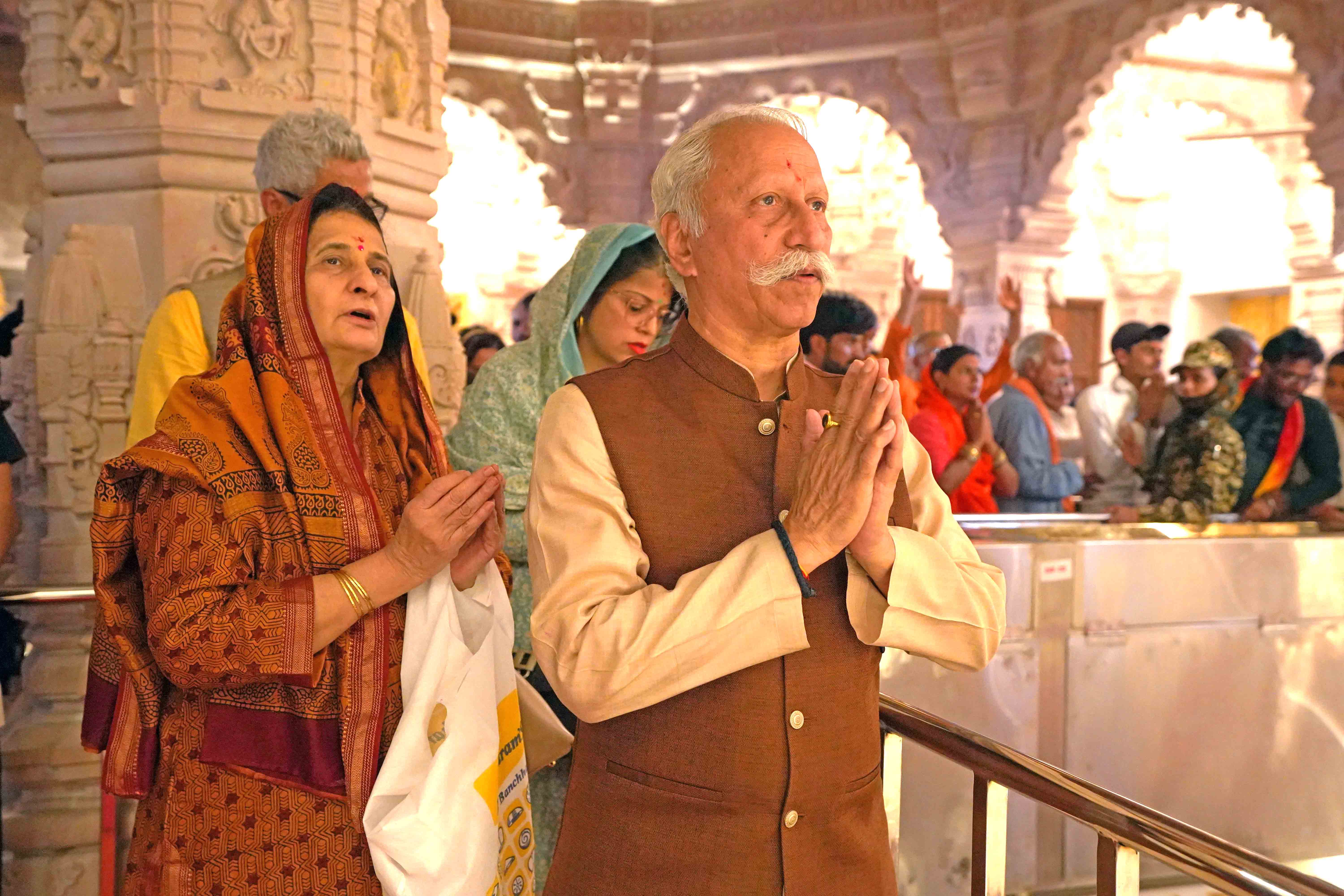Latest News
-
Policeman-son duo arrested for murder
-
State BJP terms Congress “Nyay Patra” misleading
-
World Malaria Day celebration focus on malaria prevention
-
East Siang observes World Malaria day
-
College conducts heritage walk on oral tradition
-
Changlang DA holds monsoon preparedness meeting
-
Governor extends Gumkum Gumpa, Moh Mol greetings
-
 Yanung Jamoh Lego conferred Padma Shri, given warm reception back…
Yanung Jamoh Lego conferred Padma Shri, given warm reception back…
-
 Governor, First Lady of the State visit Ram Mandir
Governor, First Lady of the State visit Ram Mandir
-
Repoll in 8 polling stations in Arunachal on April…
19th Nov 2018 10:11:PM Editorials
The North East has everything to cheer about the launch of GSAT 29 last Wednesday. India's latest communication satellite, the GSAT-29, was successfully pushed up to its intended orbit in the third and final orbit-raising adjustment, on Saturday. The GSAT-29 was launched on the GSLV-Mk III rocket in a historic second developmental launch of the agency’s heaviest rocket. It is built to bring better access to communication networks, specifically in the Jammu and Kashmir and North East. The satellite has two separate payloads designed to improve telecommunication and internet services under the ‘Digital India’ programme in J&K and North East.
According to Indian Space Research Organisation (ISRO), the high-speed bandwidth will bridge the digital divide in the hinterland, especially in far-flung and remote areas of Arunachal Pradesh and other inaccessible areas of the region. This is in sync with the Narendra Modi government’s push for the total digitalization of the region. The ISRO has also marked a big milestone by successfully testing its heavy-lift launcher (GSLV-Mk III) while launching the advanced communication satellite. It plans to use this for the Chandrayaan-II moon mission in early 2019. On Wednesday the GSLV Mark III launched the GSAT29, an advanced communications satellite, into a geosynchronous transfer orbit where the satellite’s closest approach to earth would be 190 km and the farthest 35,975 km.
Soon after the launch, ISRO’s master control facility at Hassan assumed the command and control of the satellite, and it was now manoeuvred into a geostationary orbit, its final destination. Once placed, the satellite’s solar panels and antennae will unfold and work will begin. With a liftoff mass of 640 tonnes, the GSLV Mk III is the heaviest launch vehicle made in India, and GSAT29 is the heaviest satellite to take off from Indian soil. Both launcher and satellite have other characteristics that make them stand out. The launcher can carry payloads up to 4 tonnes to the geosynchronous transfer orbit and up to 10 tonnes to a low-earth orbit. The multi-band, multi-beam satellite can cater to the communication needs of people of the North East.

Kenter Joya Riba
(Managing Editor)She is a graduate in Science with post graduation in Sociology from University of Pune. She has been in the media industry for nearly a decade. Before turning to print business, she has been associated with radio and television.
Email: kenterjoyaz@easternsentinel.in / editoreasternsentinel@gmail.com
Phone: 0360-2212313

